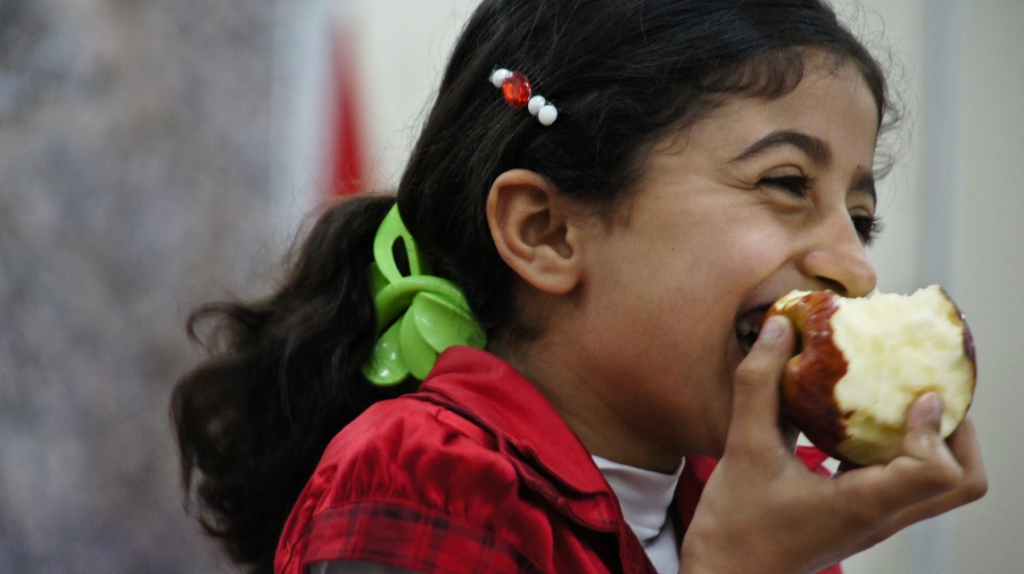Tag: Khan Younis
-
Gaza: farmer shot in the leg with a targeted bullet
By Rosa Schiano 21 May 2012 | il Blog di Oliva On Sunday, May 20, an Israeli soldier shot a young Palestinian farmer while on his land in Al-Quara, north east of Khan Younis in the southern Gaza strip. Waheed Ali Zer, 22 years old, was shot in his left leg and remains hospitalized in…
-
It’s time to harvest the crop: Accompanying farmers in Gaza under Israeli fire
by Rosa Schiano Translation by Claudia Saba 23 April 2012 | il Blog di Oliva Israeli soldiers have already started shooting onto the land along the border of the Gaza Strip. Two injured just in the first two days of the harvest. Renad Salem Qdeeh, 33, was collecting he crop from her land when Israeli…
-
Children’s Day in Khan Younis
by Nathan Stuckey 10 April 2012 | International Solidarity Movement, Gaza Poverty is pervasive in Gaza. After 44 years of occupation, and six years of siege the economy is in tatters. Exporting anything is basically impossible, farming is crippled by the no go zones which encircle Gaza leaving over 30% of agricultural land off limits,…


